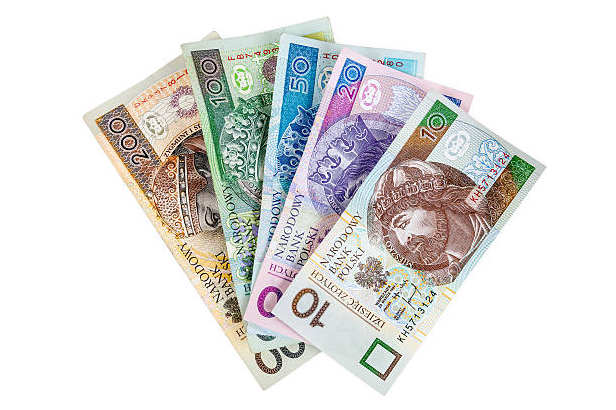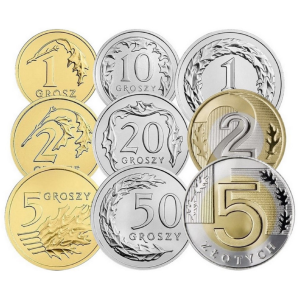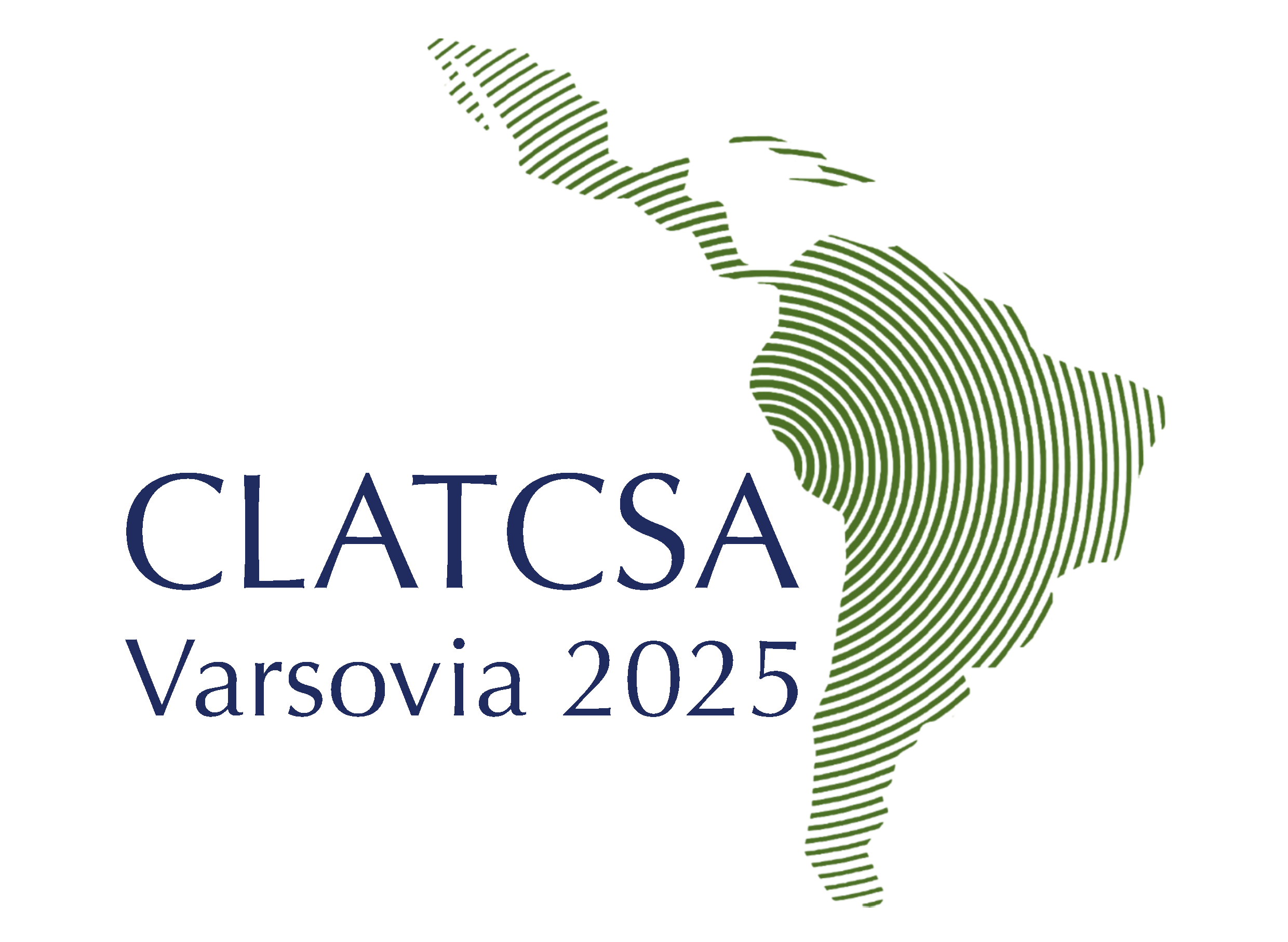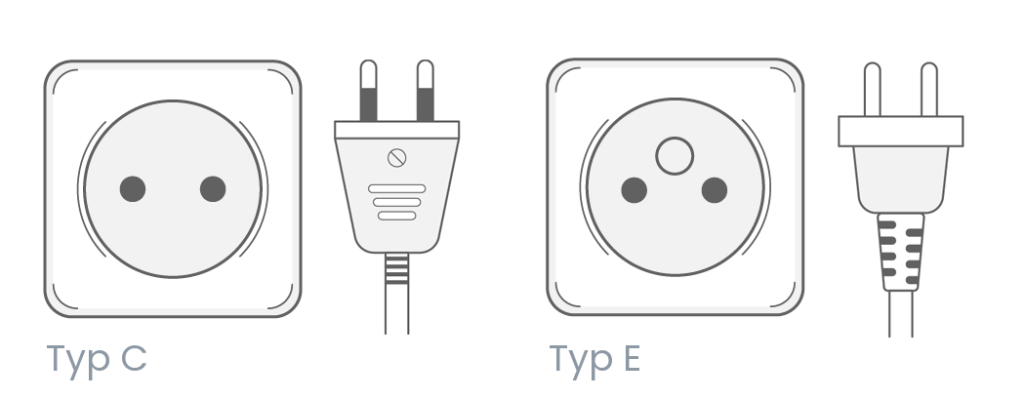A wide range of accommodation options is available within walking distance or a short public transport ride from the university. A list of recommended hotels and hostels (with contact details and descriptions) is available on the conference website Accommodation.
In addition, participants will find useful guidance on:
- Public transport in Warsaw (buses, metro, trams, etc.)
- Currency exchange and payments (Poland uses the Polish złoty – PLN)
- Health, safety, and emergency services
- Cultural etiquette and everyday tips
In June, Warsaw typically enjoys warm and sunny weather, with average temperatures between 16–22°C, though occasional showers or storms may occur.
Local transport tickets can be purchased at machines, via mobile apps, or directly on buses. Popular apps include Jakdojade.pl.
General Information
Poland, covering 312,000 km² with a population of over 38 million, is one of the largest countries in Europe. It is centrally located on the continent and should be referred to as a Central European country rather than Eastern European, unless discussing specific historical contexts.
The national dialing code is +48, and the country code is PL.
Language
Polish is the official language. While English is widely understood in major cities, knowledge of Russian, German, Belarusian, or Slovak may also be helpful in some regions. Poles appreciate attempts to speak their language. Here are a few useful phrases:
- Yes – Tak (tahk)
- No – Nie (nyeh)
- Good morning – Dzień dobry (jen-doh-brih)
- Thank you – Dziękuję (jen-koo-yeh)
- Excuse me/Sorry – Przepraszam (psheh-PRAH-shahm)
- Cheers! – Na zdrowie! (nah-zdroh-vyeh)
Time Zone and Climate
Poland operates on Central European Time (CET, UTC +1). The country follows daylight saving time, shifting forward by one hour in late March and back in late October.
Poland has a temperate climate, with summers being warm and winters cold. September typically sees temperatures between 15°C and 25°C, though variations as low as 3°C or as high as 35°C have occurred in previous years. Rain is possible year-round, so it’s advisable to bring layered clothing and an umbrella.
Currency and Payments
Poland is not part of the eurozone and uses the Polish Zloty (PLN).
Current exchange rates (approximate):
- 1 EUR ≈ 4.18 PLN
- 1 GBP ≈ 5.03 PLN
- 1 USD ≈ 3.88 PL
1 zloty (zł) is 100 groszy (gr). The bills in circulation are 200, 100, 50, 20 and 10 zlotys; the coins are 5, 2 and 1 zloty, and 50, 20, 10, 5, 2 and 1 groszy


Although card payments are widely accepted, carrying some cash is advisable for smaller vendors. Currency exchange offices (kantors) offer better rates than hotels or airports.
Electricity
Poland uses 230V, 50Hz electricity with Type C and Type E plugs.
Cultural Etiquette
Poles are known for their hospitality and politeness. Handshakes are the most common greeting, and older men may still follow the tradition of kissing a woman’s hand as a gesture of respect. When visiting someone’s home, bringing flowers, chocolate, or a bottle of wine is customary.
Local Laws and Common Regulations
- The legal alcohol limit for drivers is 0.2‰, lower than in many countries. Even a single drink could result in penalties.
- Drinking alcohol in public spaces is generally prohibited.
- Smoking is banned in enclosed public areas, including restaurants, cafes, and transport hubs.
- Pedestrians should only cross streets at designated crossings and obey traffic signals to avoid fines.

